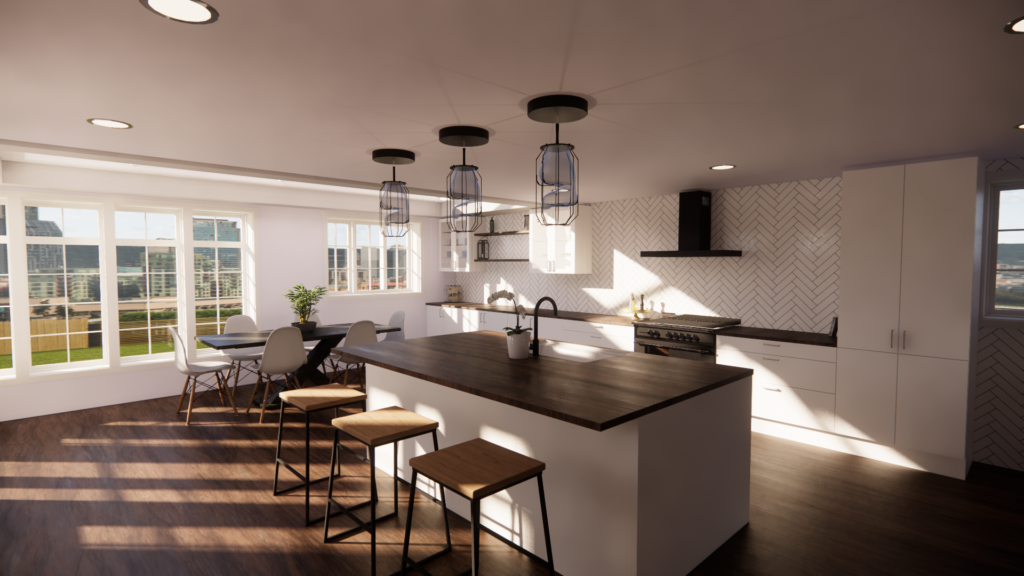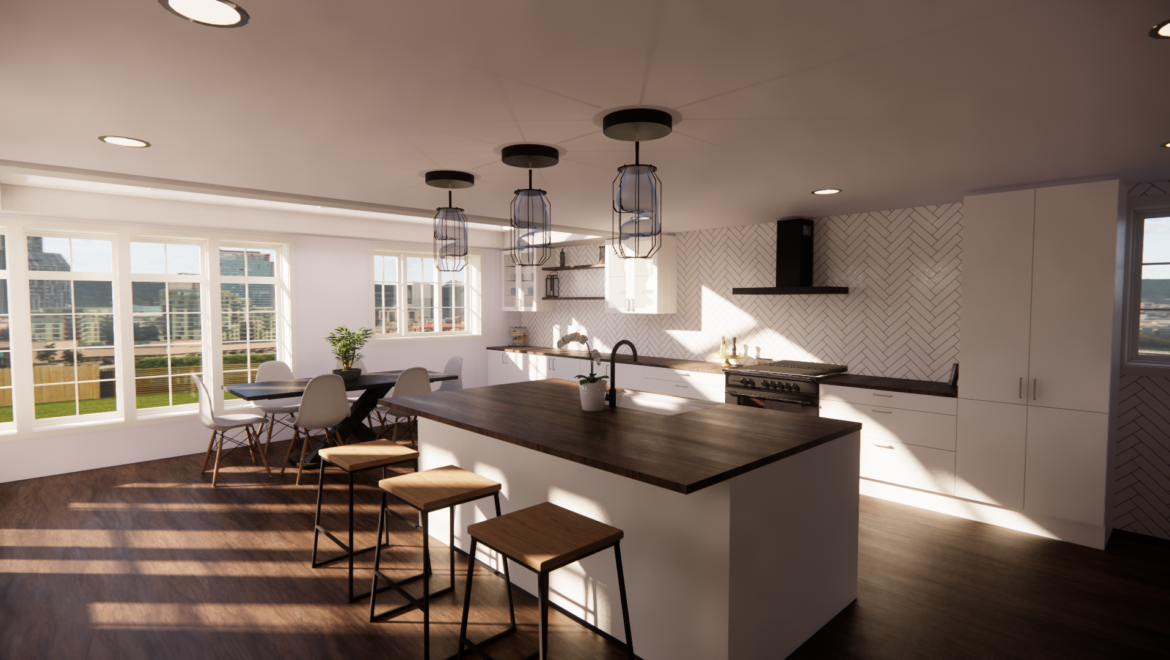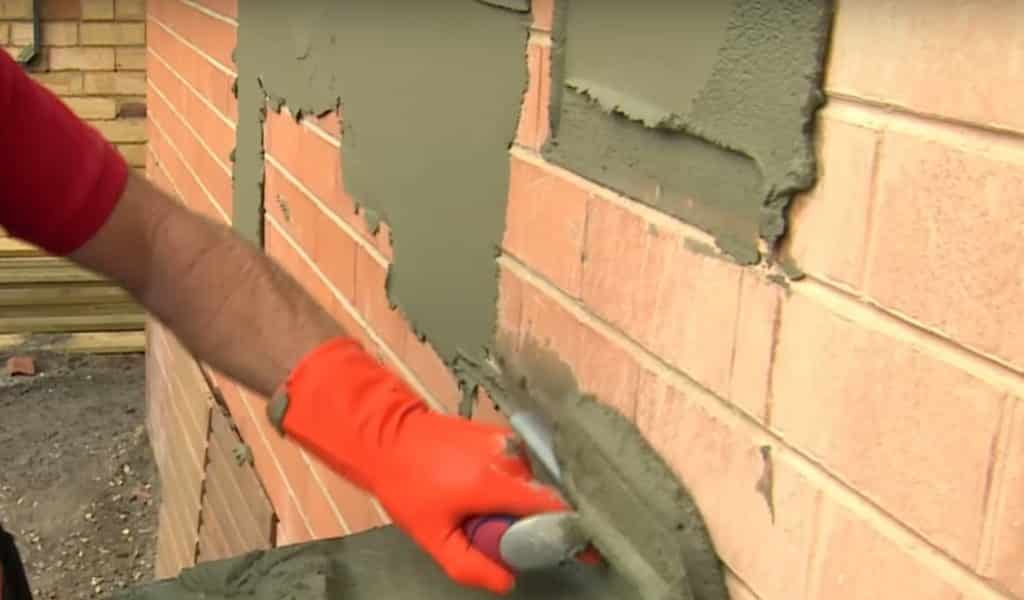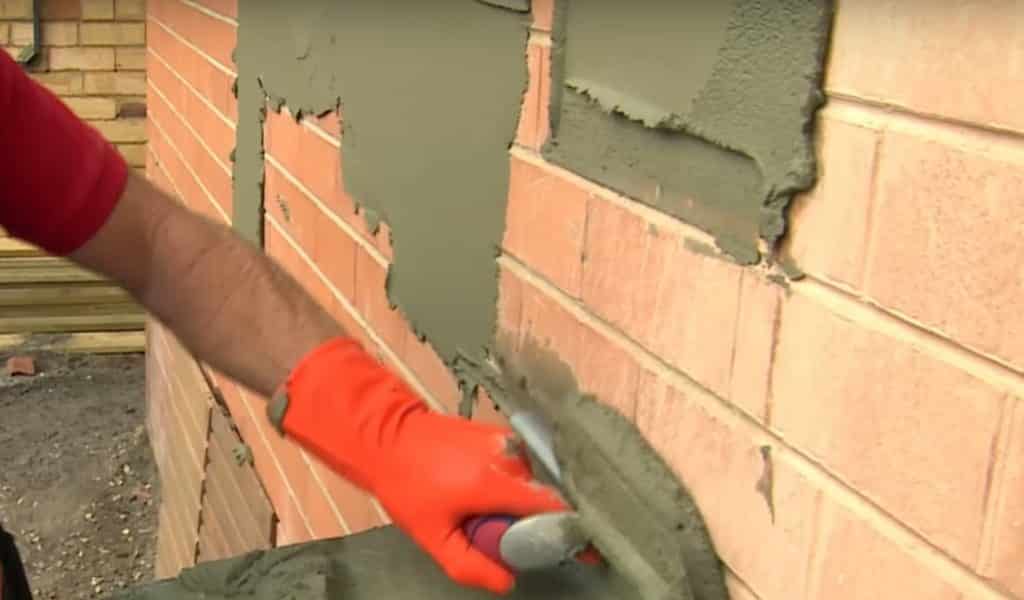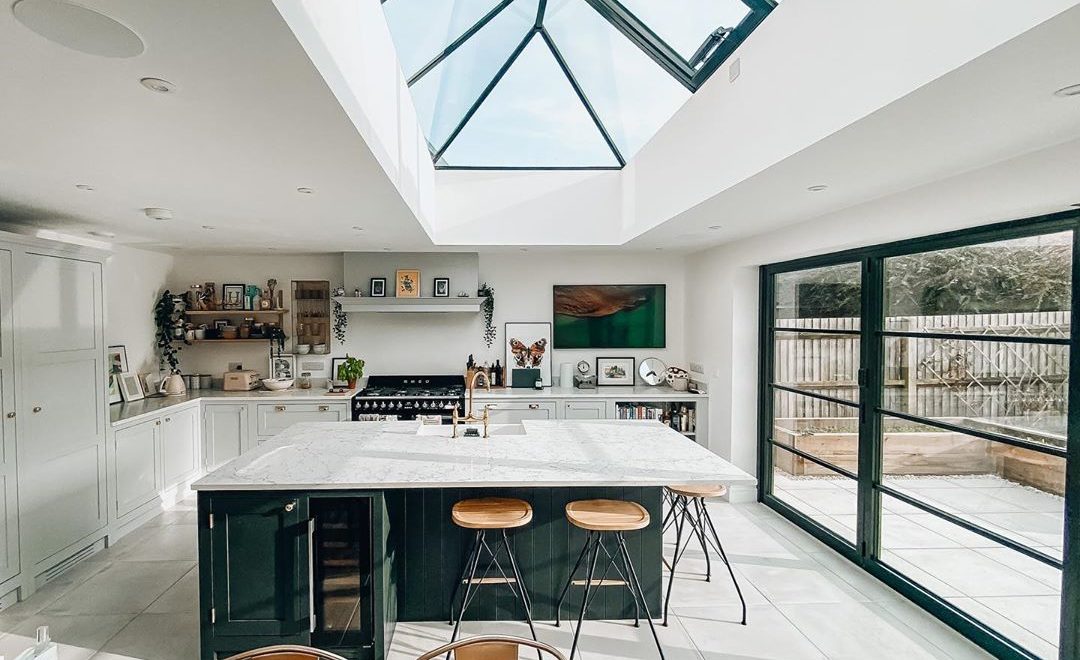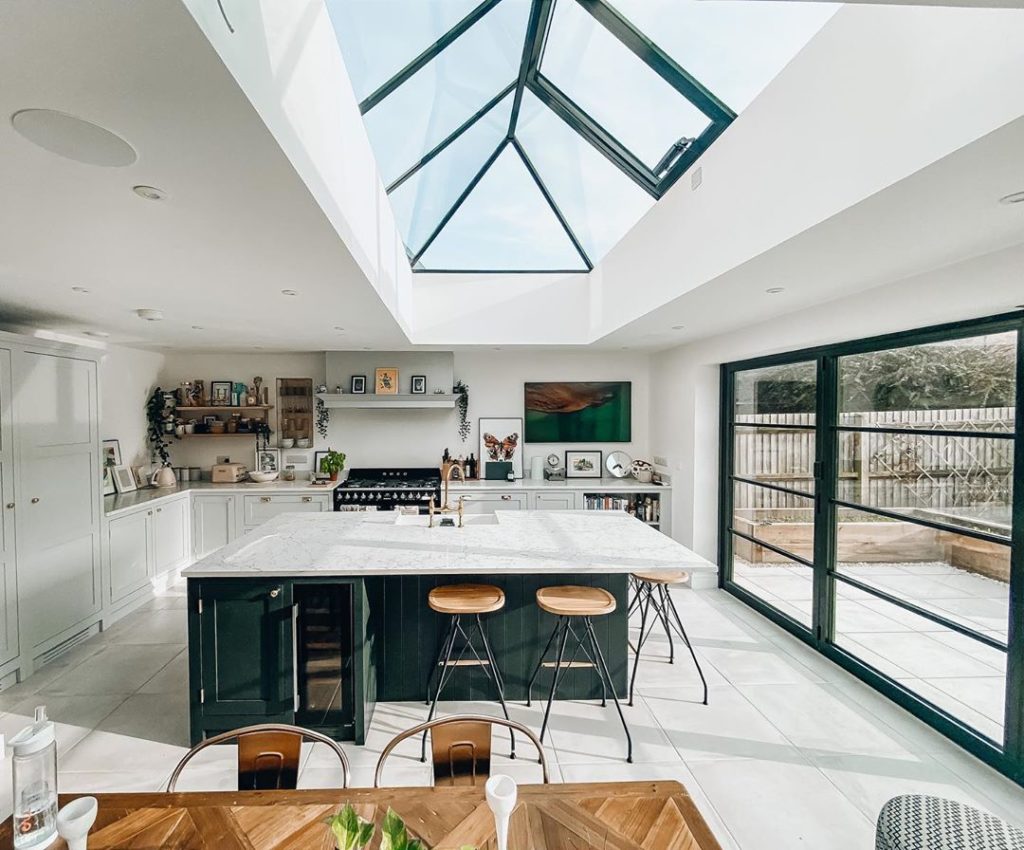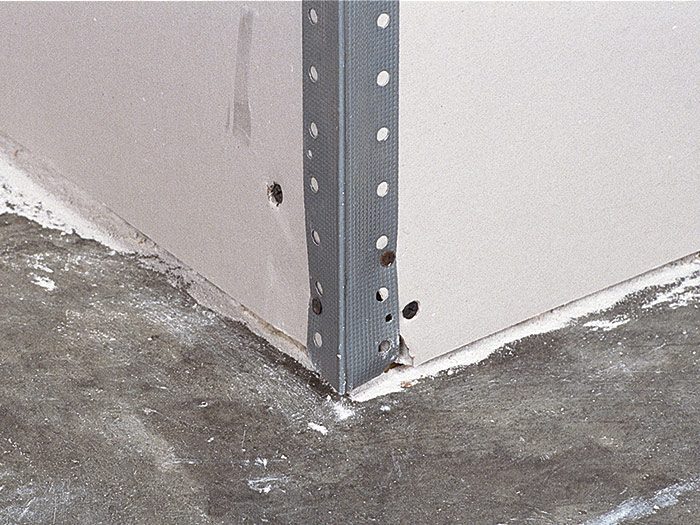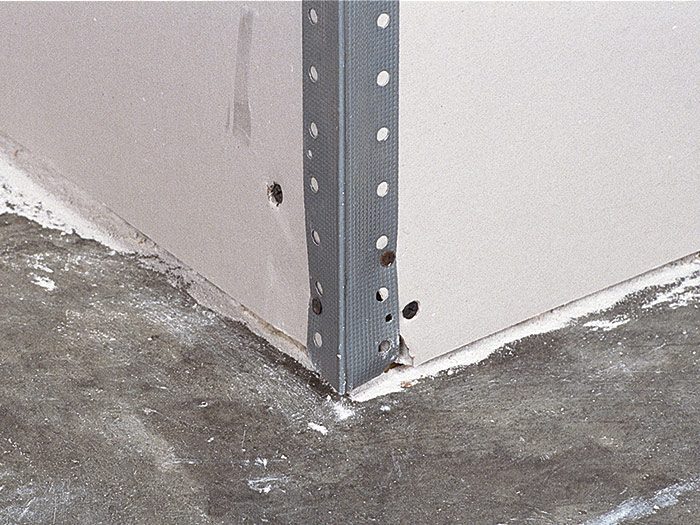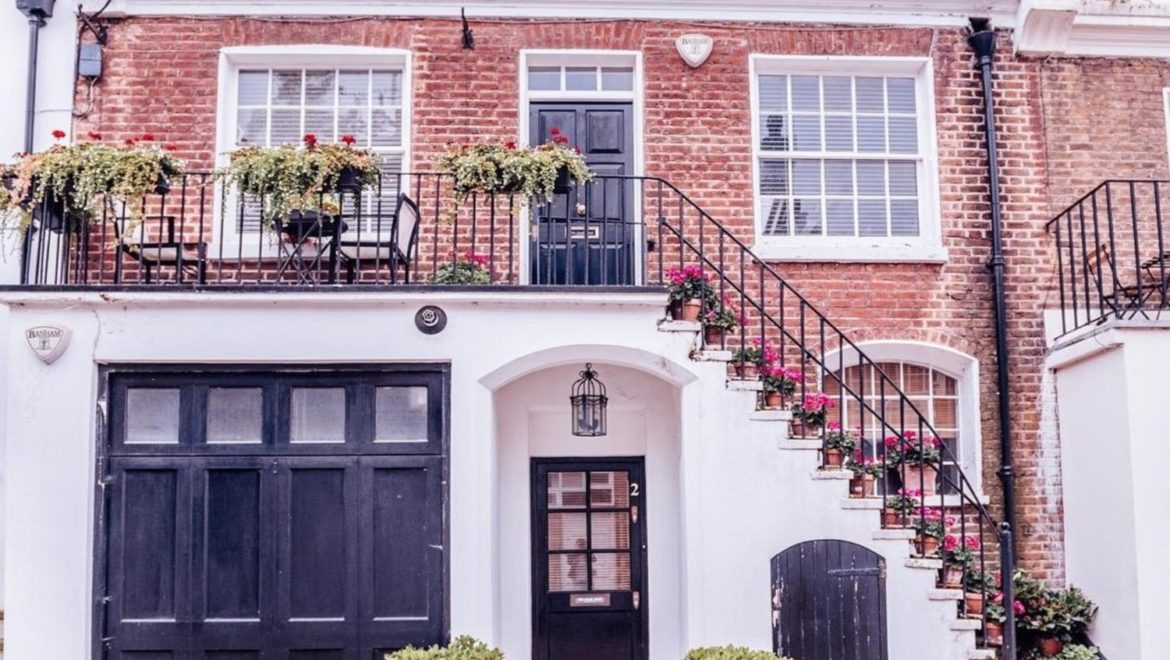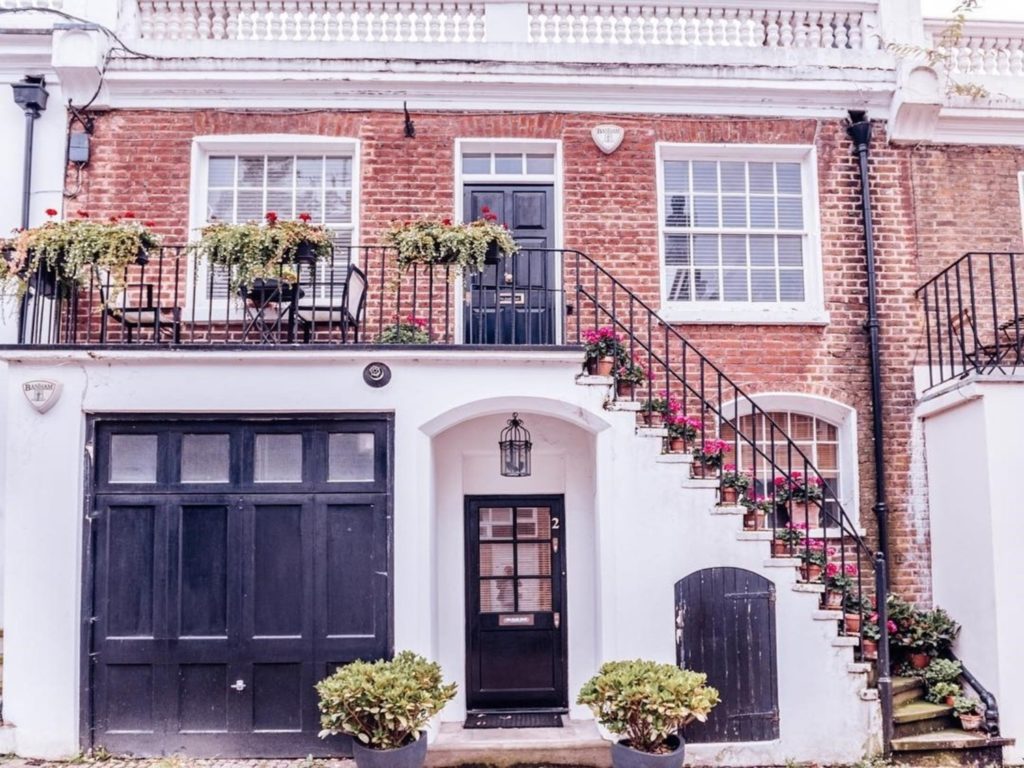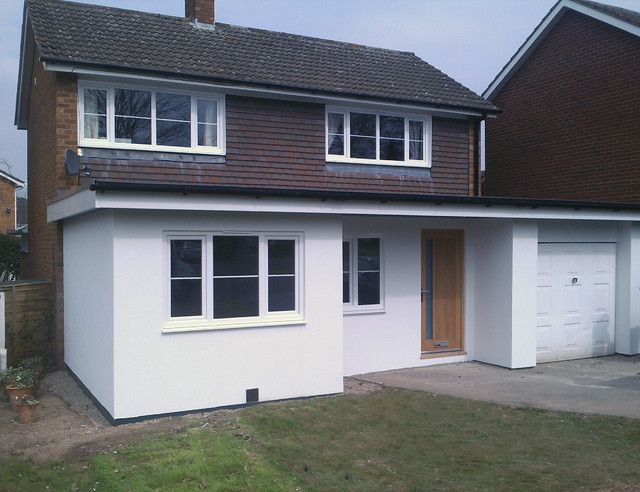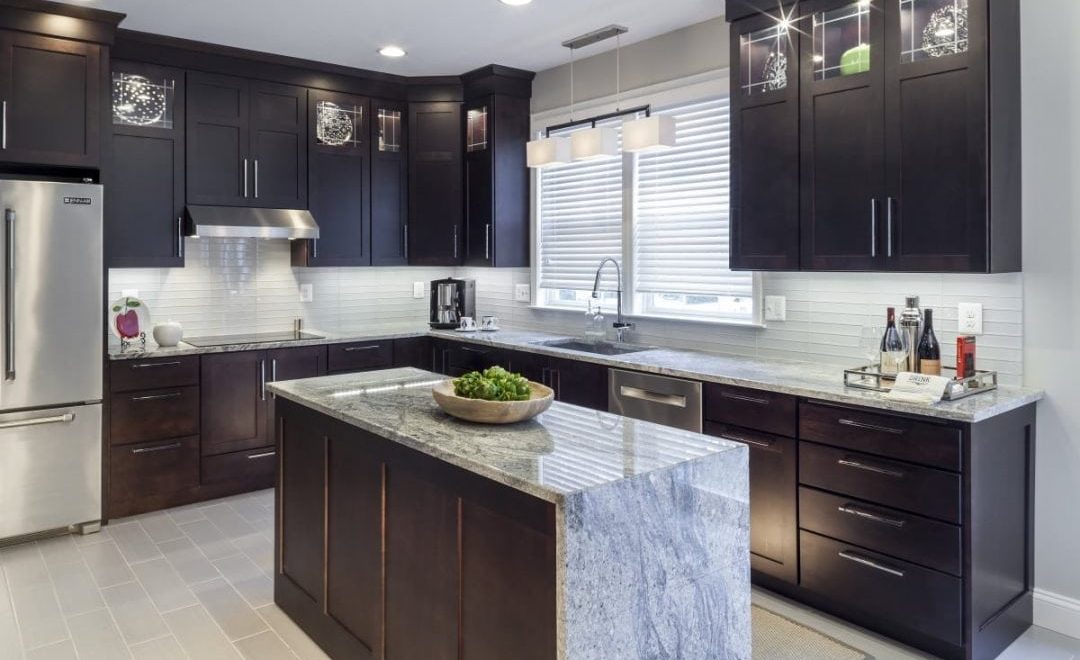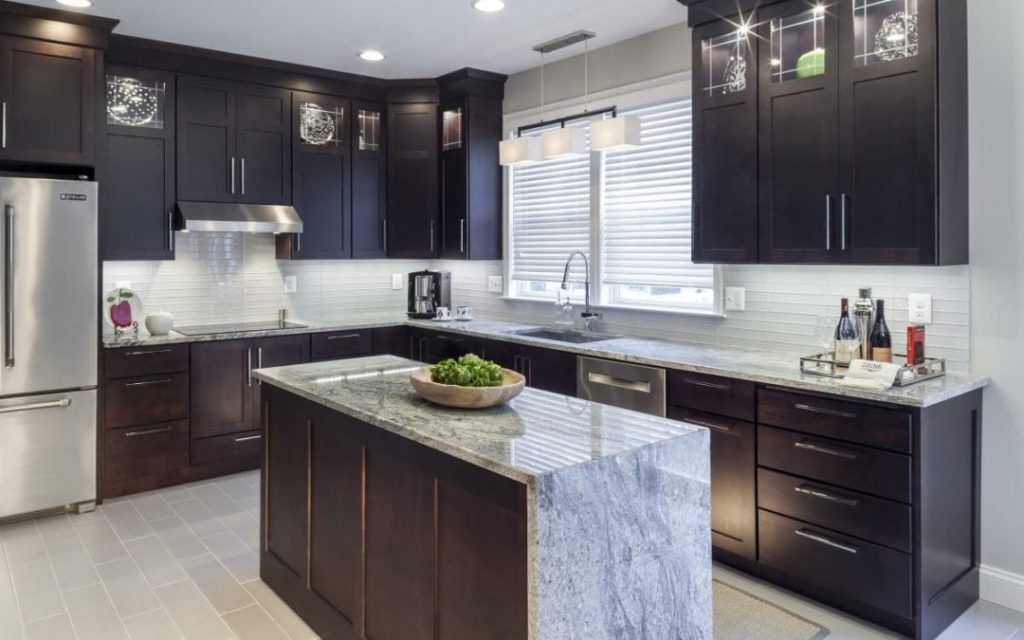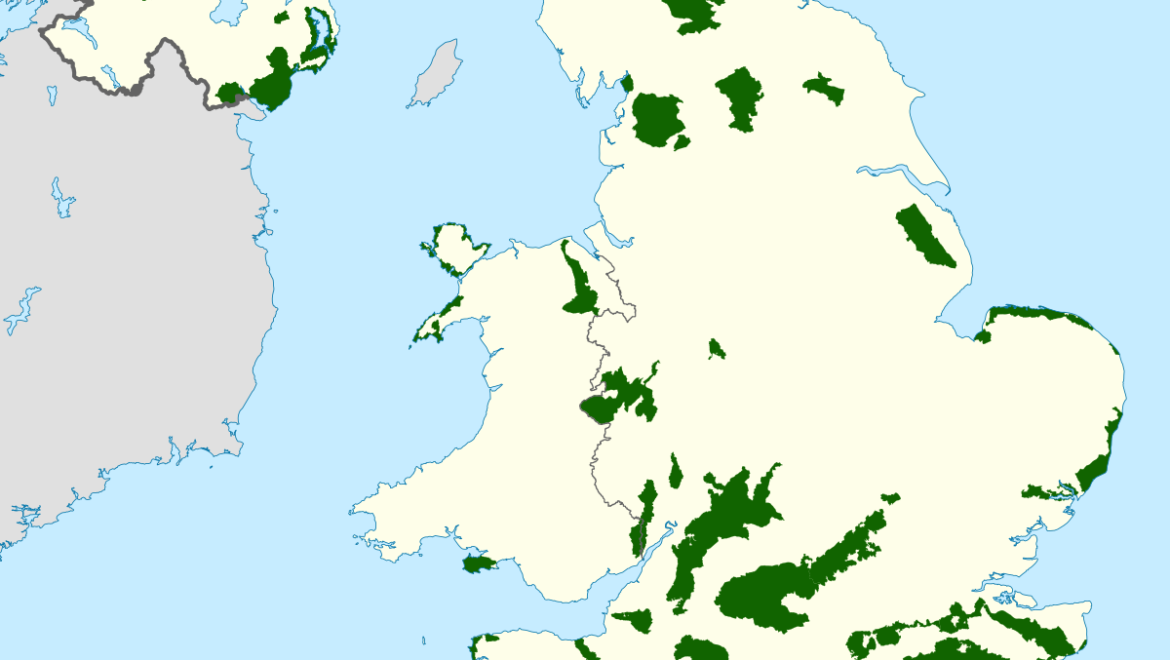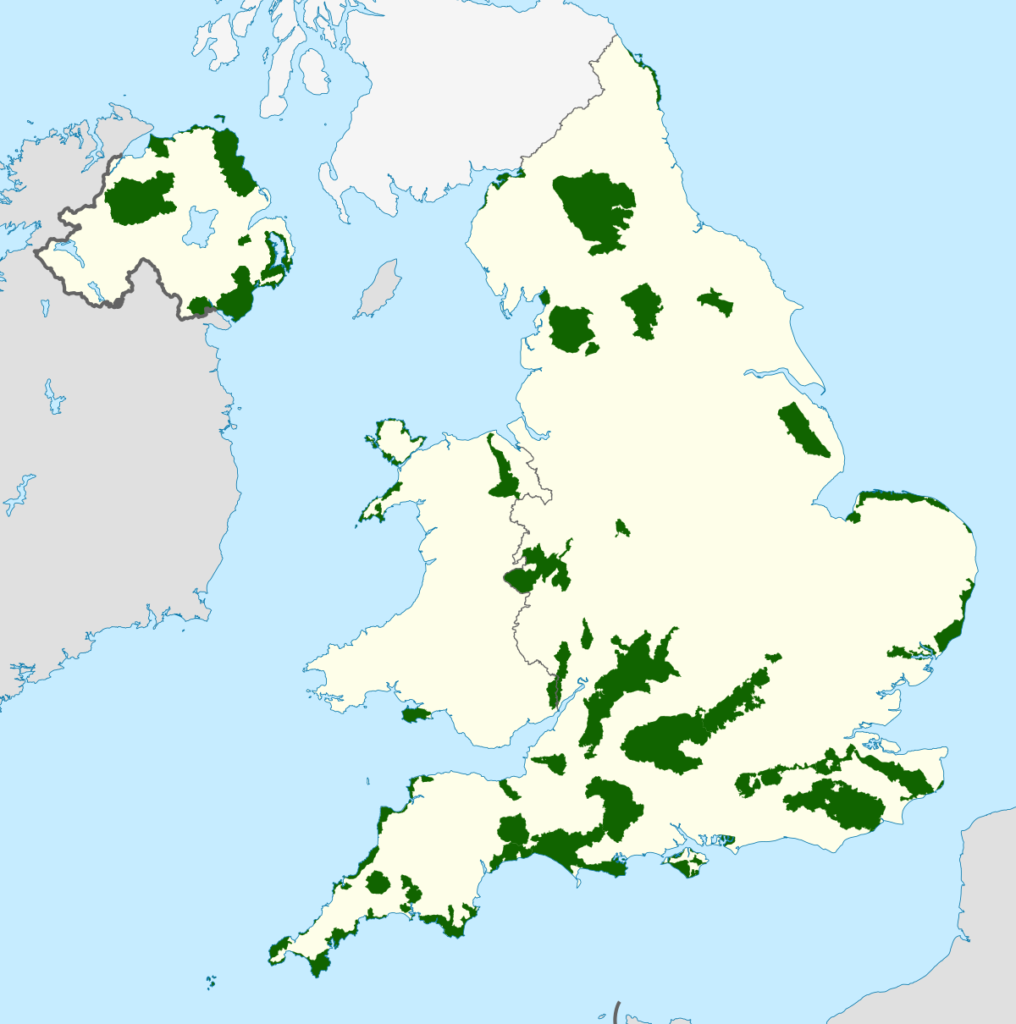Learn all about Architectural rendering and what it’s used for
What is architectural rendering?
Architectural rendering is the process of creating images that illustrate the planned design of a building or space. The goal is to make a highly detailed, lifelike experience of how the project will look before it is built.
Pros of architectural rendering –
There are many benefits to hiring someone to render your project, and some of them are:
- It can develop design ideas more accurately
- Keeps the client excited about the project
- It can identify problems in the early stages, to reduce costs
- It’s easier for clients to understand and communicate design ideas
Realistic quality –
When it comes to Rendering images, you can make it so it looks like a photo, with realistic quality. In interior renders the precision for details is vital. For example, furniture, lights, shadows, reflections, views, and also where you locate an object.
What you can achieve with computer renderings –
- Still renderings
- 3D Walkthrough and flythrough animations
- Virtual tours
- Floor plans
- Photo-realistic 3D rendering
- Realtime 3D render
- Panoramic rendering
- Light and shadow study
- Renovation rendering
The four main types of architectural rendering –
- External 3D visualisation
This type of render is one of the most widely used ones in the industry. There is no better way to show the outside of the building to a potential buyer than with realistic images.
- Interior rendering
Interior design plays a crucial role in selling and promoting any interior space. Realistic pictures allow designers to present the ability, unity, and spaciousness of the interior space to the clients.
- Panoramas
There is no better way to show off a building or place to the viewer, than by a real-life 360-degree experience. this is currently one of the biggest trends in the architectural industry. Although, this may take longer to create, many have said it is worthwhile.
- 3D animation
In addition, this type of 3D rendering has been compared to be like watching a short movie. The render would be able to smoothly go through different rooms of the project. While being able to see every tiny detail. A lot of clients prefer this type of render because it’s more expressive and real. It also helps save time, effort, and cost.
